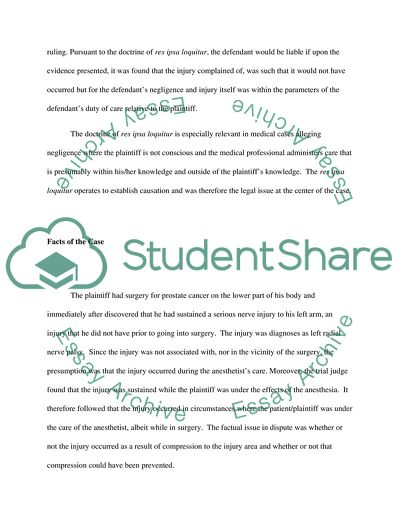Cite this document
(The Procedural History of Yu Yu Kai Frank and Chan Chi Keung Case Study, n.d.)
The Procedural History of Yu Yu Kai Frank and Chan Chi Keung Case Study. Retrieved from https://studentshare.org/history/1571622-legal-method-case-summary
The Procedural History of Yu Yu Kai Frank and Chan Chi Keung Case Study. Retrieved from https://studentshare.org/history/1571622-legal-method-case-summary
(The Procedural History of Yu Yu Kai Frank and Chan Chi Keung Case Study)
The Procedural History of Yu Yu Kai Frank and Chan Chi Keung Case Study. https://studentshare.org/history/1571622-legal-method-case-summary.
The Procedural History of Yu Yu Kai Frank and Chan Chi Keung Case Study. https://studentshare.org/history/1571622-legal-method-case-summary.
“The Procedural History of Yu Yu Kai Frank and Chan Chi Keung Case Study”. https://studentshare.org/history/1571622-legal-method-case-summary.


